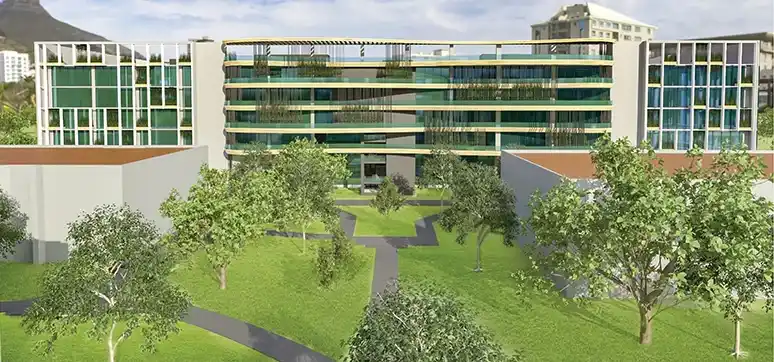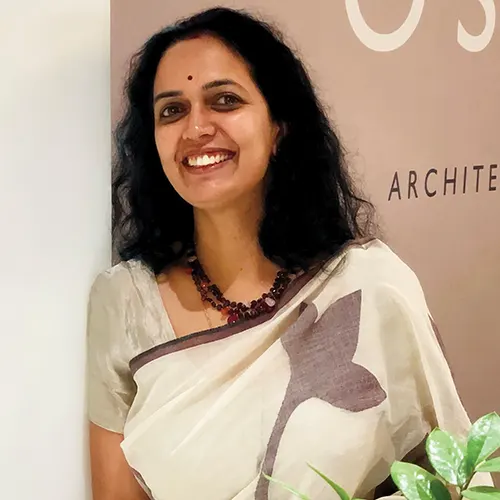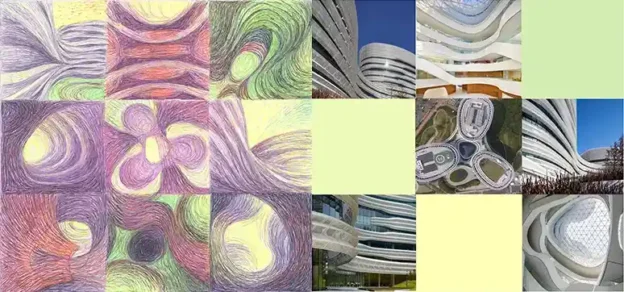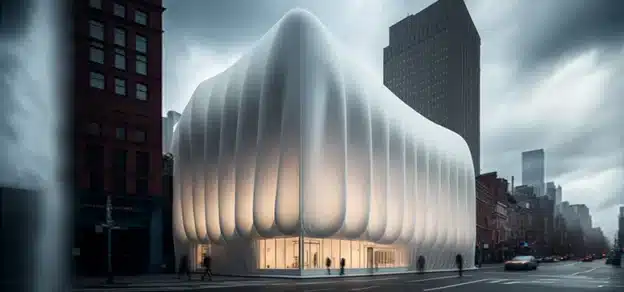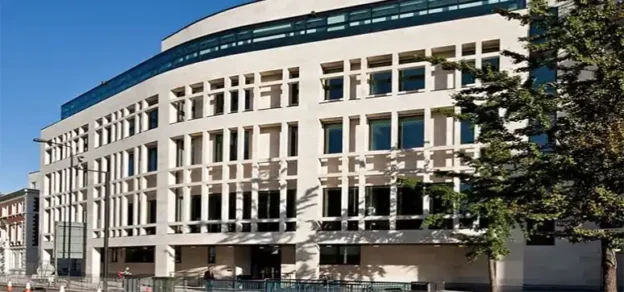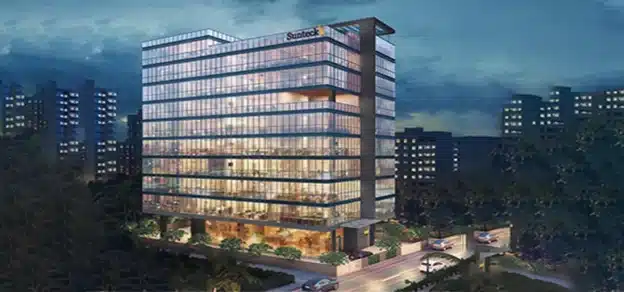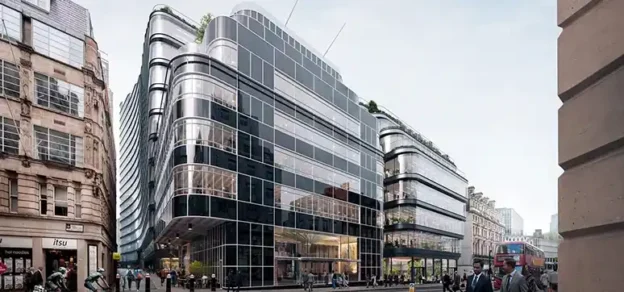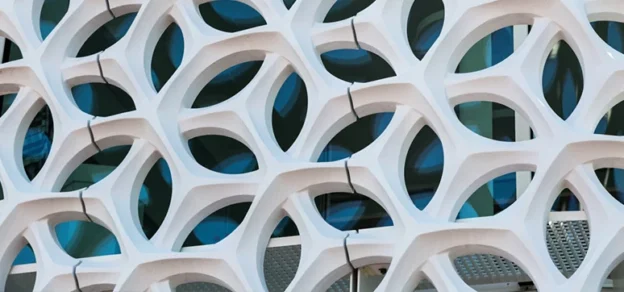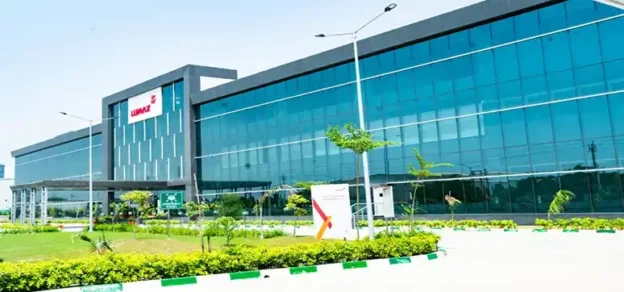The façade has always been one of the most important elements of architectural design throughout history. This aspect of architecture arguably reflects, most closely, the culture, socio-political scenario, climatic conditions, and technological prowess of the era in which it existed.

To us, we see the façade as a sieve that filters the outdoor elements into the interior space. To the interiors, it presents curated views, and controls the external elements of light heat cold and rain. And most importantly, it presents the architectural statement to the surrounding environment.
Today, technologically, the industry has reached a point where anything that can be imagined can be translated into reality. Unfortunately, though we are also building at scales never seen before in human history and this is taking an irreversible toll on our environment. Cement, steel, and glass have continued to be the most common materials used for façades in the 20th and 21st centuries.

Façades present an opportunity for naturally controlling the amount of energy being used to operate a building. With emerging technologies, we can now adopt high-tech responsive/adaptive façades that are designed to physically change shape to provide optimal heat/ light ingress into buildings. We also have self-cleaning façades that maintain themselves over time.
Mycelium façades, while in a prototype stage today, present the possibility of buildings without the use of cement and steel in the near future. This change would be the largest step towards a greener environment as far as building technologies go. Finally, while technologies are available, they also come at a cost, which is unaffordable in most projects.

As designers, we believe that we should look to vernacular traditions for answers to create the right façades with local materials and methods that provide natural cooling and ventilation that provide good habitable spaces with the least impact on the environment.
